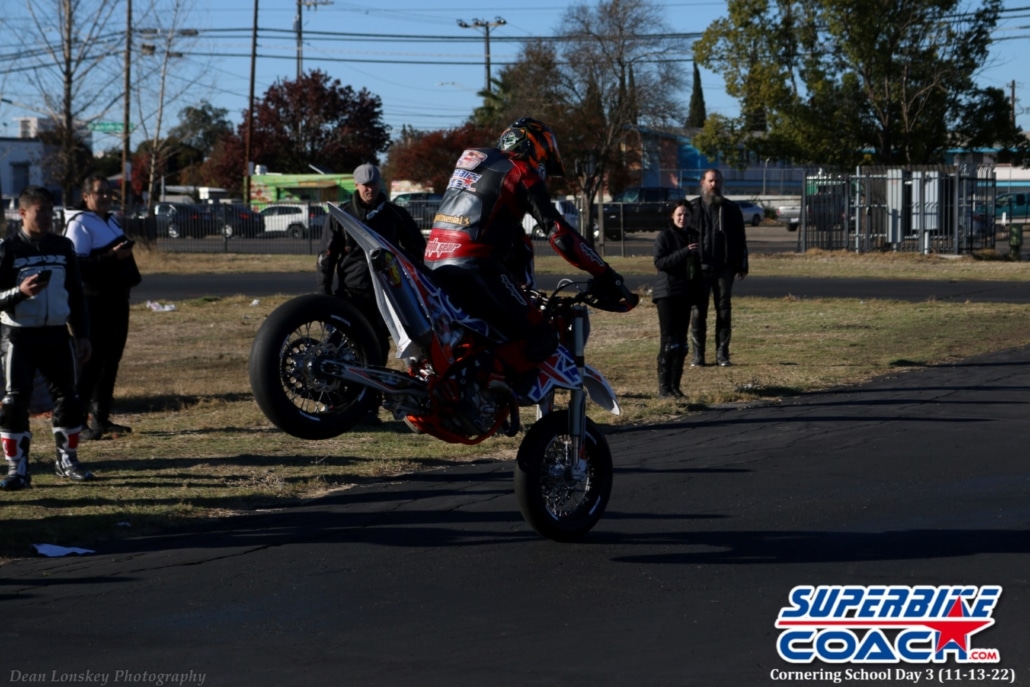
The recommended psi for tires on a motorcycle varies with terrain. There are many reasons for varying tire pressure. Learn about psi for motorcycle tires to find the perfect pressure for your bike. Below you will find an example of the proper pressure for your motorcycle tires. It is always important to maintain a safe air pressure for the optimum performance.
The right psi tire for your motorcycle
There are two main types of motorcycle tires – on and off-road. Off-road tires are designed for riding on a medium-soft soil surface. These tires have a wide spacing between the blocks and are very pliable. They also require higher PSI for optimal plant performance. Regardless of the type of bike you have, you will want to choose the correct PSI tires for your needs.
Depending on the type of motorcycle you own, your manufacturer may recommend a different PSI for the tires. Motorcycle tires, however, should be inflated between 28 and 40 psi. You should never exceed this number. The manufacturer of the motorcycle will recommend a maximum tire pressure that should be sufficient for your riding style and load. The manufacturer’s maximum PSI represents the highest cold tire pressure recommended by the manufacturer.
While choosing a motorcycle tire, consider the tread pattern, speed rating, and rubber compound. Motorcycle tires need to be the right size, speed, and load ratings to be safe. Additionally, a new motorcycle tire will feel different than the old one. It is important to build up speed and lean angle slowly to ensure proper performance of the tire.
The recommended tire pressures are specific to each motorcycle make and model. In general, a heavier motorcycle should have higher pressures because of its cargo capacity and weight. Dirt bikes, on the other hand, should be run at lower pressures. The recommended pressures are listed on the frame placard of the motorcycle and on the owner’s manual. If you are not sure, consult your vehicle manufacturer for more information.
Proper tire inflation will make a big difference in your motorcycle’s performance and handling. Tires with too little pressure can run hot or underinflated, which will increase the risk of sidewall flexure and a blowout. For this reason, it is important to check tire pressure regularly and follow the manufacturer’s recommendations. If you have any doubts, you can visit a tire shop to get the proper inflation for your motorcycle.
Another way to find the right psi is to observe your bike’s handling characteristics. Using high-psi tires on a new pavement will give you the smoothest ride, while lower-psi tires will cause poor traction and a harsh ride. Similarly, a low-psi tire will cause poor handling and could cause pinch flats or damage the tire carcass.
Choosing the right pressure for your bike’s tires:
The right pressure for your tires is essential to ensuring that your motorcycle performs to its fullest potential. Inadequate tire pressure can cause problems including accidents. Therefore, you must check your bike tires on a daily basis to ensure that they’re properly inflated. In addition, it is advisable to carry a tire pressure gauge with you when riding.
The correct tire pressure depends on several factors, including the type of bike and rider weight. In general, higher tire pressure means less rolling resistance. A bike tire with the correct pressure conforms to bumps and absorbs shocks, while an underinflated tire carries more impact, resulting in a less comfortable ride. While it may seem easier to ride with a low tire pressure, it will be uncomfortable and less efficient.
Recommended tire pressure on a bike’s sidewall is based on the average weight of a male rider of 160 pounds. Same recommendation does not apply to riders of lighter weight. The PSI of a bike tire can vary depending on rider weight and type of terrain. If the rider is heavier, then the tires should be inflated higher. For lighter riders, however, the tires should be inflated lower.
Riding a motorcycle is an exhilarating experience. Ensuring your motorcycle tires are properly inflated is crucial for safety, performance, and longevity. In this guide, we’ll cover everything you need to know about motorcycle tire pressures to help you ride its optimal performance.
-
- Understanding the Importance of Tire Pressure: a. Safety: Proper tire pressure ensures optimal traction, handling, and stability, reducing the risk of accidents. b. Performance: Correct tire pressure enhances your motorcycle’s performance in terms of braking, cornering, and fuel efficiency. c. Tire Longevity: Maintaining the right tire pressure helps prevent uneven wear, extending the lifespan of your tires.
- Finding the Recommended Tire Pressure: a. Manufacturer’s Recommendations: Check your motorcycle owner’s manual for the manufacturer’s recommended tire pressure for front and rear tires. b. Tire Sidewall: Some tires have recommended pressure information imprinted on the sidewall. However, this is the maximum pressure, not necessarily the optimal pressure. Always refer to the owner’s manual for accuracy.
- Checking Tire Pressure: a. Tire Gauge: Invest in a reliable and accurate tire pressure gauge. b. Cold Tires: Check tire pressure when the tires are cold, as heat from riding can affect readings.
- Adjusting Tire Pressure: a. Add or Remove Air: Use an air compressor to add or release air as needed. b. Gradual Adjustments: Make small adjustments and check the pressure frequently until it reaches the recommended level.
- Maintaining Tire Pressure: a. Regular Checks: Check tire pressure at least once a month and before long rides. b. Seasonal Changes: Tire pressure can fluctuate with temperature changes, so adjust accordingly. c. Load Considerations: Adjust tire pressure if you’re carrying a passenger or additional cargo.
- Signs of Incorrect Tire Pressure: a. Uneven Wear: Inspect your tires for signs of uneven wear, which may indicate incorrect pressure. b. Handling Issues: Difficulty in handling, poor traction, or a less responsive ride can be signs of improper tire pressure.
- Common FAQs: a. Can I use the maximum pressure listed on the tire sidewall? (Answer: No, follow the manufacturer’s recommended pressure.) b. What should I do if I experience a sudden loss of pressure? (Answer: Safely pull over and inspect the tire for damage.)
Conclusion: Proper tire pressure is a fundamental aspect of motorcycle maintenance that directly impacts safety and performance. By following these guidelines and staying vigilant about tire pressure, you’ll enjoy a safer and more enjoyable riding experience while prolonging the life of your motorcycle tires.
Best decision you could possibly make is to attend our Suspension Workshop & Track Time classes and to learn all about this and how to fully setup your motorcycles.
Headcoach Can Akkaya, Superbike-Coach Corp










